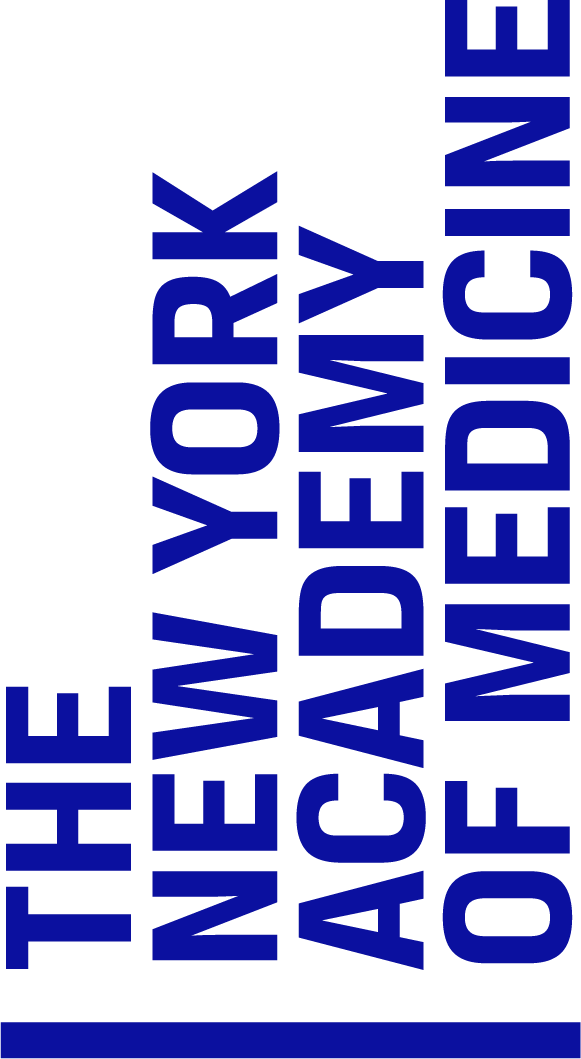A collection of broadsides, ballads, pamphlets, prints, and more concerning the body-snatchers and murderers William Burke and William Hare, their accomplices, and their victims

Dr. Robert Knox taught in a private anatomy school in Edinburgh, and was curator of the Royal College of Surgeons' museum of comparative anatomy. His extremely popular anatomy classes (attended by hundreds of medical students from the nearby Edinburgh University) required a steady supply of cadavers.
At the beginning of the nineteenth century, intense anatomical study, with direct observation of dissection of human cadavers, was an integral part of medical training at Europe's leading medical schools. Educating doctors produced a demand for human bodies that quickly outstripped the supply. In the United Kingdom prior to 1832, where executed criminals were the primary legitimate source for cadavers, a bustling trade in bodies developed, with grave robbers, or "Resurrection Men," supplying the anatomists with illegal, but much-needed specimens.
Edinburgh was a leading center of medical discovery and education, and the setting of one of the most notorious cases involving the trade in cadavers. William Burke, William Hare and their accomplices committed upwards of sixteen murders in 1828, receiving between £8 and £14 for each body they delivered to Doctor Robert Knox, an instructor at Edinburgh's largest private anatomy school. When their crimes came to light in the fall of 1828, both Burke and Hare were arrested; but Hare "turned state's witness" and testified against Burke, who was tried, convicted and hanged, his body —in what many must have concluded was a suitable comeuppance— publicly dissected and displayed.
The case created a furor, with frequent news reports, broadsides, pamphlets, and handbills selling briskly on the streets of Edinburgh. All Scotland read about the Westport Murders, in language ranging from the high legal prose to popular verse both pious and sensational.
In 1960, Dr. Fenwick Beekman bequeathed his medical library to the New York Academy of Medicine. Among his books was a bound volume of ephemera concerning the case of Burke and Hare. All of the materials in the bound volume—newspaper articles, the transcript of the trial, ballads, block prints, chap books, pamphlets, broadsides and other primary materials—including a letter in Burke’s hand on the eve of his execution—were collected at the time of the trial. In 2007, the New York Academy of Medicine with a grant from Metropolitan New York Council (METRO), scanned the entire contents of the volume, making its contents accessible via the Internet.
